html
Complete Guide to Dealing with Lane-Cutting Drivers: Legal Tips & Practical Advice
Introduction
For new drivers navigating busy morning and evening rush hours, dealing with lane-cutting drivers can be frustrating. A common question arises: “If I accidentally hit a lane-cutting vehicle, will the other driver still be fully liable?” While the law generally favors the driver maintaining their lane, there are exceptions. This guide explains traffic laws, accident liability, and practical strategies to protect yourself while driving.

1. Who Bears Responsibility in Lane-Cutting Accidents?
1.1 General Rule: Lane-Cutting Drivers Are Usually Fully Liable
Under Chinese traffic laws, drivers changing lanes must yield to vehicles already in the target lane. Key regulations include:
- Article 45 of the Regulation on the Implementation of the Road Traffic Safety Law (2017 Revision): “When changing lanes, drivers must not disrupt the normal flow of vehicles in adjacent lanes.”
- Article 45 of the Road Traffic Accident Handling Regulations (2018 Revision): “Lane-changing drivers bear full responsibility if their actions directly cause an accident.”
In practice, most accidents involving lane-cutting result in the lane-changing driver being held fully liable.
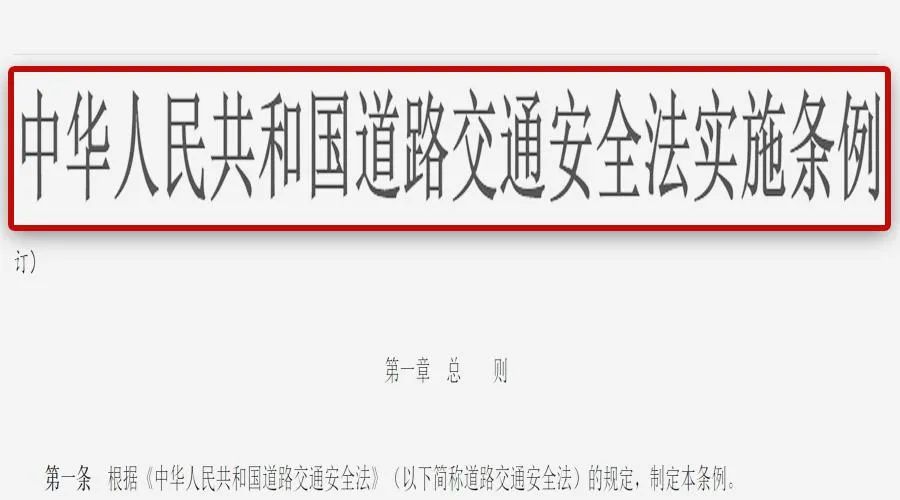
1.2 Exceptions: When Intentional Actions Affect Liability
While the law penalizes reckless lane-cutting, intentional collisions can shift liability. For example:
- Article 61 of the Road Traffic Accident Handling Regulations: “If a driver intentionally causes an accident, they assume full responsibility.”
However, proving intentionality is challenging. Even if your dashcam shows sudden acceleration, courts often require explicit evidence (e.g., recorded statements admitting intent). A 2020 case in Hangzhou illustrates this: a driver accelerated into a lane-cutting SUV but avoided liability because intent couldn’t be proven.
Key Takeaway:
- Avoid verbal or recorded statements suggesting intent.
- Sudden acceleration alone rarely suffices to prove fault.
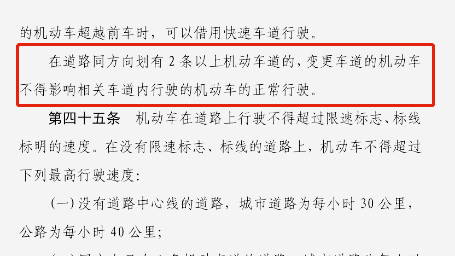
2. Why Avoiding Collisions Is Smarter Than “Teaching a Lesson”
2.1 Hidden Costs of Accidents
Even if the other driver is liable, consider these consequences:
- Vehicle Repair Costs: Minor scratches cost $70–$150, while major repairs exceed $1,000.
- Depreciation: Accidents reduce resale value by 10–30%.
- Time Loss: Police reports, insurance claims, and repairs can take 3–10 days.
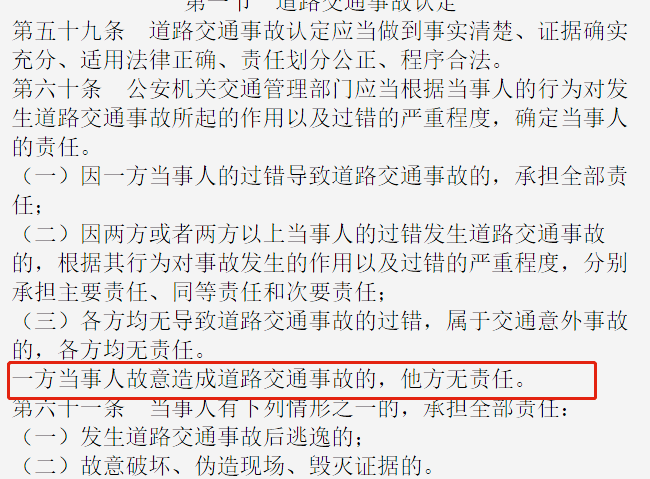
2.2 Risks of Escalation
Aggressive drivers may retaliate. A 2023 study found that 12% of road rage incidents escalate to physical confrontations. Avoid provoking drivers who:
- Display erratic behavior.
- Carry tools or weapons (e.g., camping gear in trunks).

2.3 Practical Compromise
Letting one car cut in front costs only 2–5 seconds. Compare this to hours spent handling accidents. As the saying goes: “Lose the battle to win the war.”

3. Defensive Driving Strategies for New Drivers
3.1 Anticipate Lane-Cutting Behavior
- Watch for Signals: Drivers drifting toward lane markers or hesitating often cut lanes.
- Maintain Safe Gaps: Keep a 2–3 second gap from the car ahead to create space for sudden merges.

3.2 Use Technology Wisely
- Dashcams: Provide crucial evidence in disputes.
- ADAS Features: Lane-keeping assist and collision warnings reduce reaction time.

3.3 Stay Calm and Focused
- Avoid Eye Contact: Aggressive drivers may interpret this as a challenge.
- Play Soothing Music: Reduces stress and impulsive decisions.
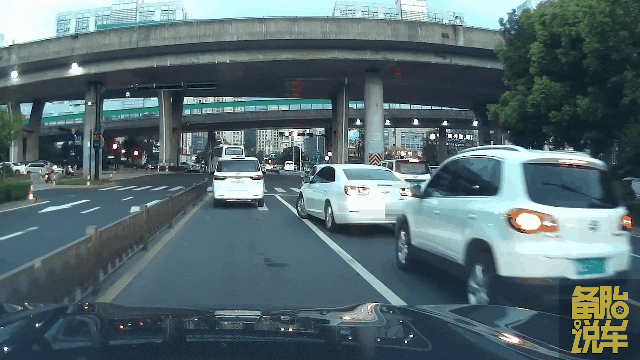
4. Legal FAQs for Drivers
4.1 What If the Other Driver Disputes Liability?
- Request police intervention immediately.
- Share dashcam footage with authorities.
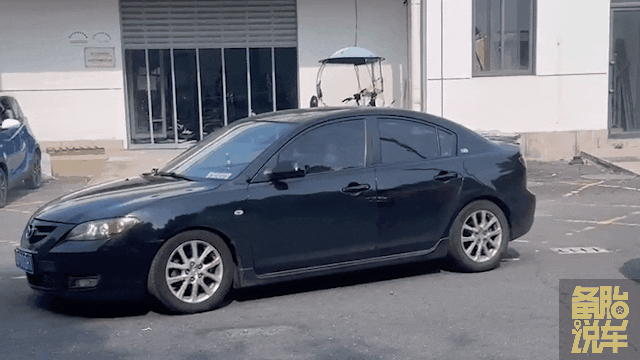
4.2 How to Handle Hit-and-Run Lane-Cutters?
- Note the license plate, vehicle color, and model.
- Report to police within 48 hours for insurance claims.

4.3 When to Consult a Lawyer
- If injuries occur.
- If liability is disputed despite evidence.
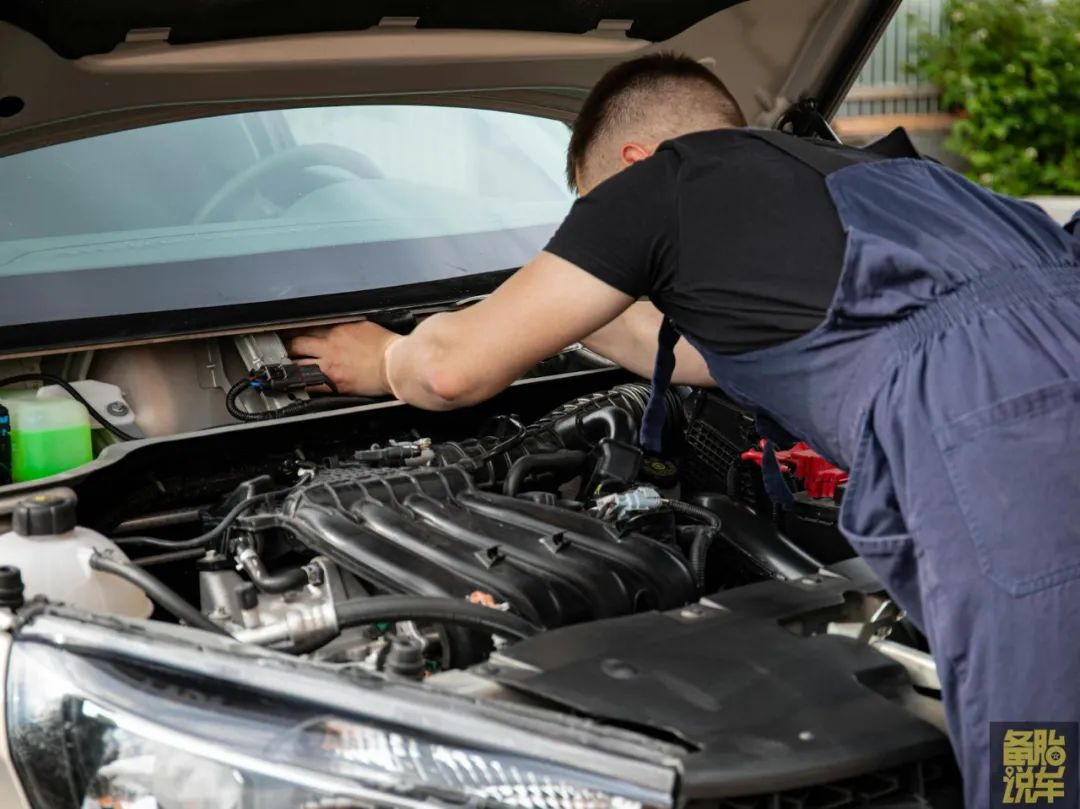
5. Broader Traffic Safety Insights
5.1 Why Drivers Hate Lane-Cutting
Lane-cutting disrupts traffic flow, increasing congestion by 15–20%. It also raises crash risks by 40% in heavy traffic.
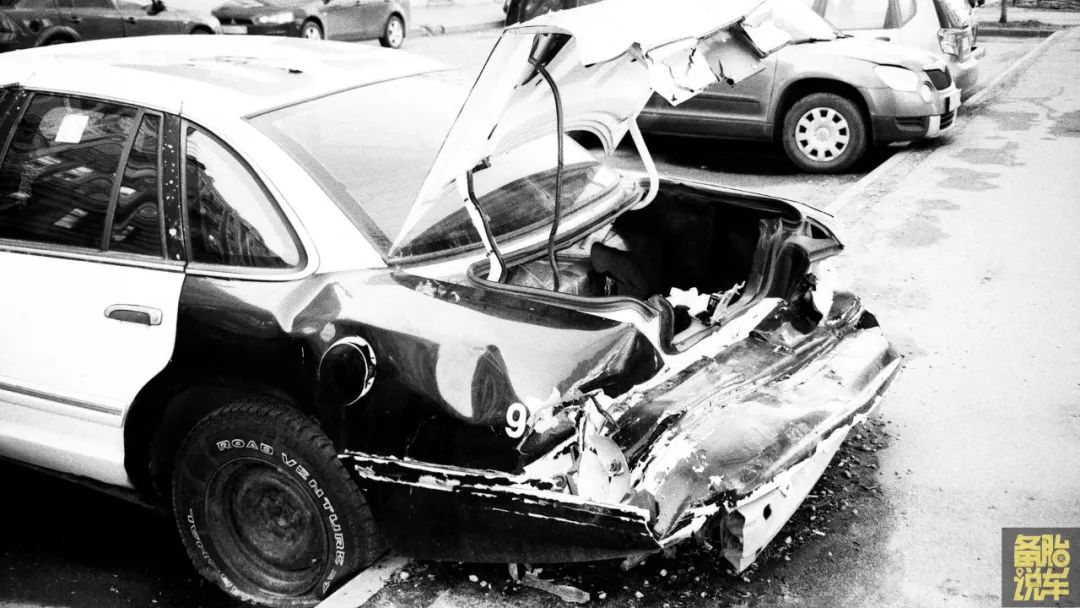
5.2 The Psychology of Slow Drivers
“Slow” drivers (below speed limits) often cause frustration. Common reasons include:
- Inexperience.
- Distraction (e.g., phone use).
- Vehicle issues (e.g., engine problems).
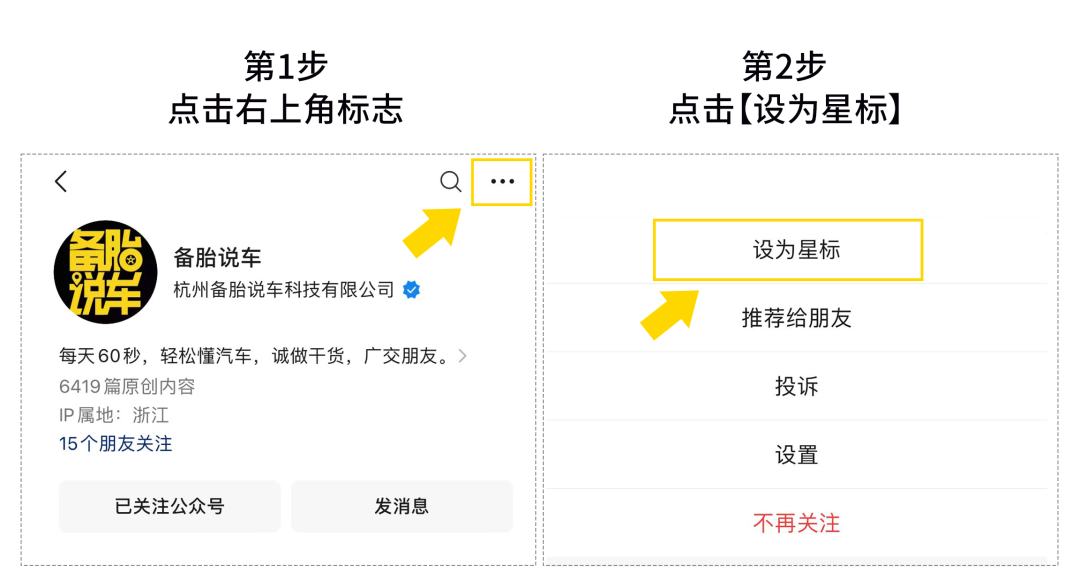
Conclusion
While lane-cutting drivers are often legally liable, avoiding collisions saves time, money, and stress. Adopt defensive driving habits, use technology, and stay calm. For more tips on handling complex traffic scenarios, explore our guides on “Essential Defensive Driving Techniques” and “Understanding Right-of-Way Rules.”

References
- Regulation on the Implementation of the Road Traffic Safety Law (2017 Revision)
- Road Traffic Accident Handling Regulations (2018 Revision)
- Proactive Crash Risk Prediction Framework (Accident Analysis & Prevention, 2023)
